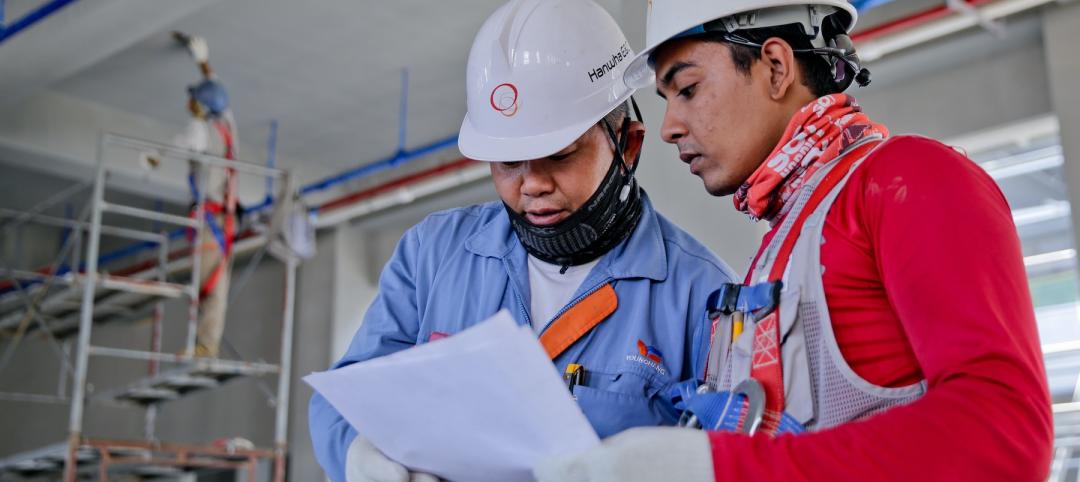DALLAS – Schneider Electric, a global specialist in energy management, announced a project with North Carolina State University to improve energy efficiency and drive sustainable, clean energy projects in 1.6 million square feet of building space across 13 campus facilities. As part of a $20 million performance contracting project, the university will implement 89 separate energy conservation measures (ECMs). Upon completion of the installation, NC State University will save approximately 10,137,668 kilowatt hours of electricity and 68,785 decatherms of natural gas annually, which is equivalent to planting 80,376 acres of trees or removing 43,158 cars from the roads over the next 15 years.
The performance contract with Schneider Electric is helping the university fast-track backlogged building upgrades, and also to meet the requirements of Senate Bill 668 and the President’s Advisory Committee on Efficiency and Effectiveness (PACE) set forth by former University of North Carolina President Erskine Bowles to drive energy efficiency improvements on campuses across the state. The project is leveraging NC State University’s expertise in engineering and energy efficiency by tapping more than 10 alumni personnel and one senior engineering student at NC State University in development and construction of the project.
“At NC State University, we’re committed to building a sustainable campus, an effort that drives energy efficiency while offering a state-of-the-art learning environment for students,” said Kevin McNaughton, associate vice chancellor for facilities. “Through performance contracting, we’re able to take on these projects immediately without incurring cost to the taxpayer or the students. We are confident this strategy will reduce continuing costs, provide for better facilities to support education and research, and substantially reduce our carbon footprint."
As part of phase one, a Schneider Electric partner has completed installation of a solar-thermal system on the roof of the NC State University campus gym, Carmichael Complex. Once in operation, the system will help heat nearly one million gallons of water in two swimming pools. The clean energy project features 112 solar panels, each measuring 10 feet by 4 feet, and can heat water to approximately 100 degrees as it is circulated onto the roof and piped through the solar facility.
“Through this performance contract, we are helping the university gain critical insight into energy use and manage energy resources more effectively,” said James Potach, Energy Solutions senior vice president, Schneider Electric. “We’re helping the university achieve its ACUPCC objectives by implementing an energy efficiency project that will make a significant contribution toward reducing the carbon footprint on campus." The American College & University Presidents’ Climate Commitment is a high-visibility effort to address global climate disruption undertaken by a network of colleges and universities that have made institutional commitments to eliminate net greenhouse gas emissions from specified campus operations, and to promote the research and educational efforts of higher education to equip society to re-stabilize the earth’s climate.
About Schneider Electric
As a global specialist in energy management with operations in more than 100 countries, Schneider Electric offers integrated solutions across multiple market segments, including leadership positions in energy and infrastructure, industrial processes, building automation, and data centers/networks, as well as a broad presence in residential applications. Focused on making energy safe, reliable, and efficient, the company's 110,000 plus employees achieved sales of more than $26 billion in 2010, through an active commitment to help individuals and organizations “Make the most of their energy.”
Related Stories
Sponsored | | Aug 4, 2022
Brighter vistas: Next-gen tools drive sustainability toward net zero line
New technologies, innovations, and tools are opening doors for building teams interested in better and more socially responsible design.
Sustainability | Aug 4, 2022
To reduce disease and fight climate change, design buildings that breathe
Healthy air quality in buildings improves cognitive function and combats the spread of disease, but its implications for carbon reduction are perhaps the most important benefit.
K-12 Schools | Aug 1, 2022
Achieving a net-zero K-12 facility is a team effort
Designing a net-zero energy building is always a challenge, but renovating an existing school and applying for grants to make the project happen is another challenge entirely.
Codes and Standards | Jul 29, 2022
Few projects and properties are being built beyond code
Clients and architects disagree on how well building to code provides resilience, according to a recent report by the American Institute of Architects (AIA) in partnership with Owens Corning.
Green | Jul 26, 2022
Climate tech startup BlocPower looks to electrify, decarbonize the nation's buildings
The New York-based climate technology company electrifies and decarbonizes buildings—more than 1,200 of them so far.
Energy-Efficient Design | Jul 19, 2022
All is not lost: 3 ways architects can respond to the Supreme Court’s EPA ruling
The U.S. Supreme Court’s ruling to limit the Environmental Protection Agency’s power to regulate greenhouse gas (GHG) emissions from power plants dealt a significant blow to our ability to fight the climate crisis with federal policy.
Energy | Jul 13, 2022
Electrification of buildings, new and old, furthers environmental responsibility and equity
It’s almost a cliché in our industry, but nonetheless: The greenest building is the one that is already built.
Codes and Standards | Jul 12, 2022
USGBC sets out principles for LEED’s future
The U.S. Green Building Council recently published a report containing principles outlining how LEED will evolve.
Building Team | Jul 12, 2022
10 resource reduction measures for more efficient and sustainable biopharma facilities
Resource reduction measures are solutions that can lead to lifecycle energy and cost savings for a favorable return on investment while simultaneously improving resiliency and promoting health and wellness in your facility.
Building Team | Jul 1, 2022
How to apply WELL for better design outcomes
The International WELL Building Institute (IWBI) cites attracting top talent, increasing productivity, and improving environmental, social or governance (ESG) performance as key outcomes of leveraging tools like their WELL Building Standard to develop healthier environments.
















